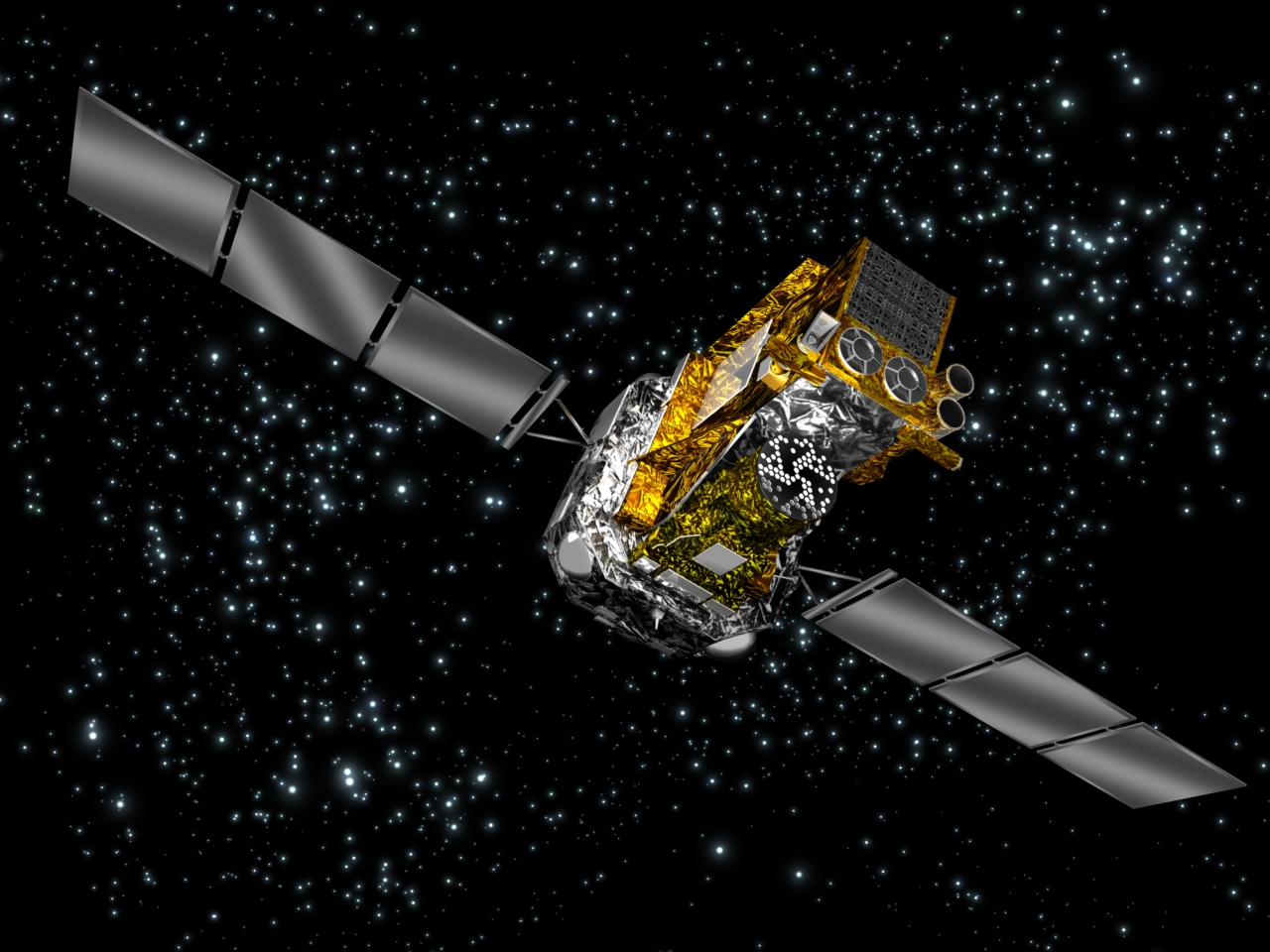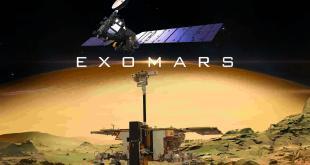
London, 16 November 2023 – ESA’s Integral space telescope detected an extremely bright and long-lasting gamma-ray burst (GRB) on the 9th of October, causing a significant disturbance in our planet’s ionosphere.
GRBs are the outpouring of energy from exploding stars (supernovae) or from the collision of two super-dense neutron stars. The blast, named GRB 221009A, is probably one of the brightest GRB ever detected according to Mirko Piersanti, lead author of the team publishing the results on the 14th of November. The nearest rival is ten times weaker.
The GRB impacted for 800 seconds during which the burst delivered enough energy to activate lightning detectors in India. Instruments in Germany picked up signs that Earth’s ionosphere was disturbed for several hours by the blast. This GRB took place in a galaxy almost 2 billion light-years away, yet it still had enough energy to affect the Earth.
The China Seismo-Electromagnetic Satellite (CSES), a Chinese-Italian space mission, was launched in 2018 and monitors the top side of the ionosphere for changes. For the first time, they saw an intense perturbation in the form of a strong electric field variation in the top-side ionosphere.
“Essentially, we can say that the ionosphere ‘moved’ down to lower altitudes, and we detected this in how the radio waves bounce along the ionosphere,” said Laura Hayes, a research fellow and solar physicist at ESA.
According to the researchers this discovery reinforces the idea that a supernova in our galaxy might have serious consequences. In the worst case, a GRB would not only affect the ionosphere, but damage the ozone layer allowing ultraviolet radiation from the Sun to reach the Earth’s surface.
The paper “First Evidence of Earth’s top-side ionospheric electric field variation triggered by impulsive cosmic photons” by Piersanti et al. will be published in Nature Communications.
 SpaceWatch.Global An independent perspective on space
SpaceWatch.Global An independent perspective on space




